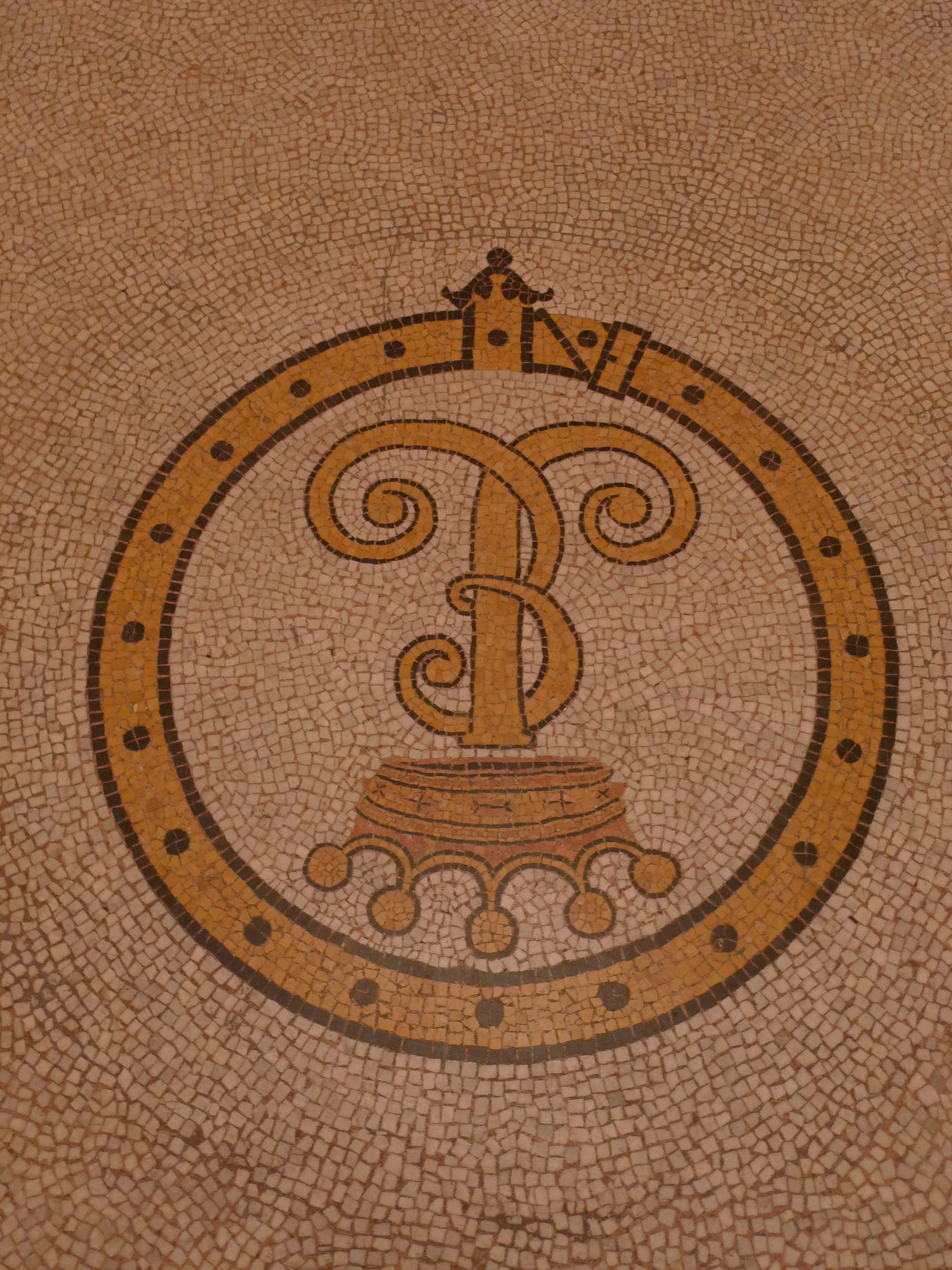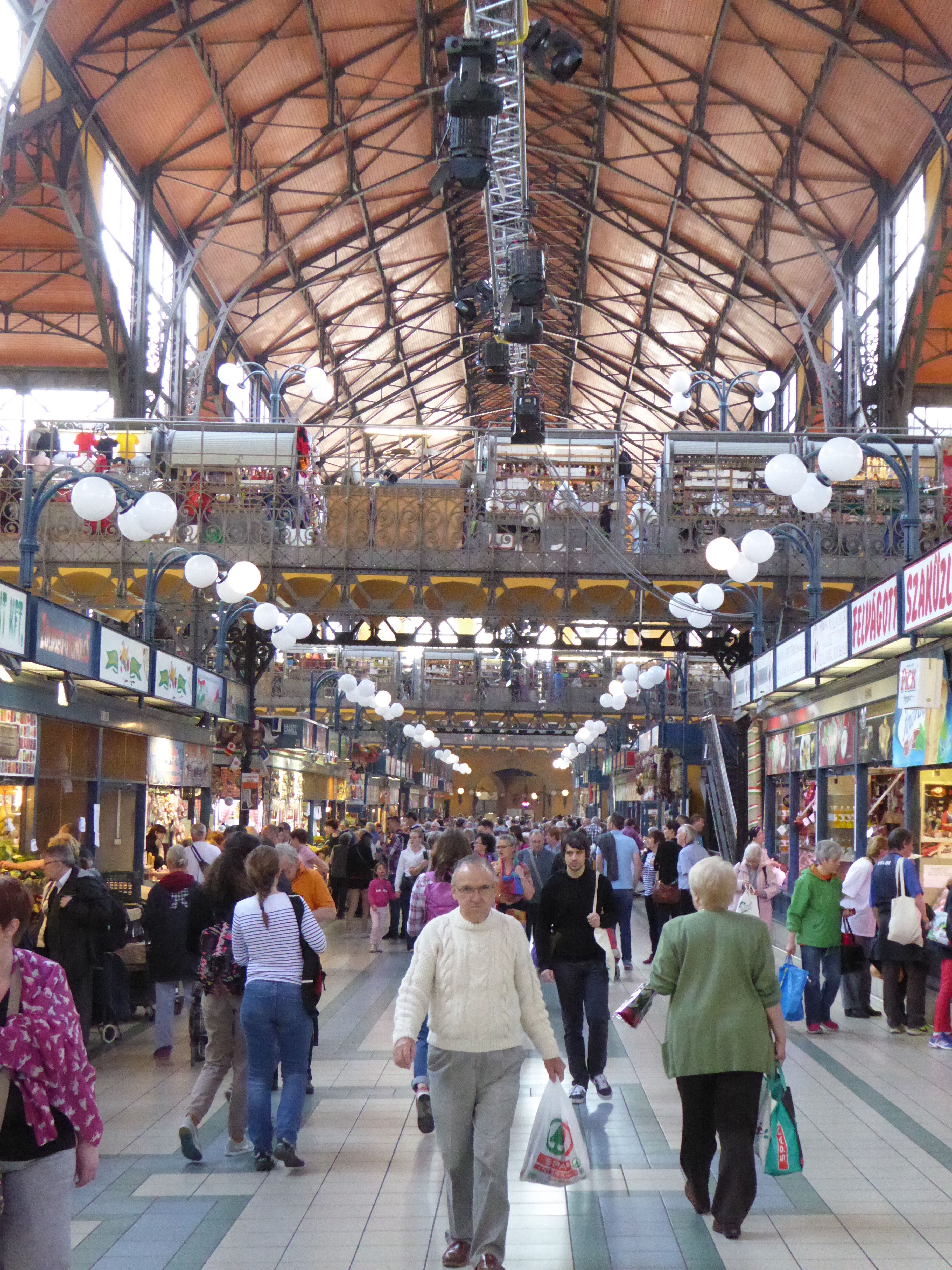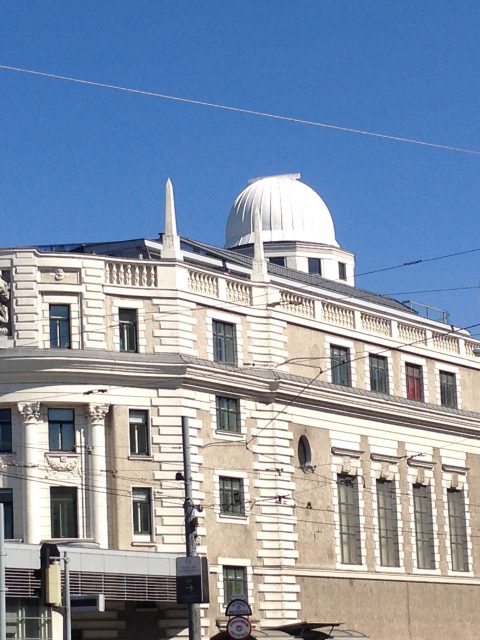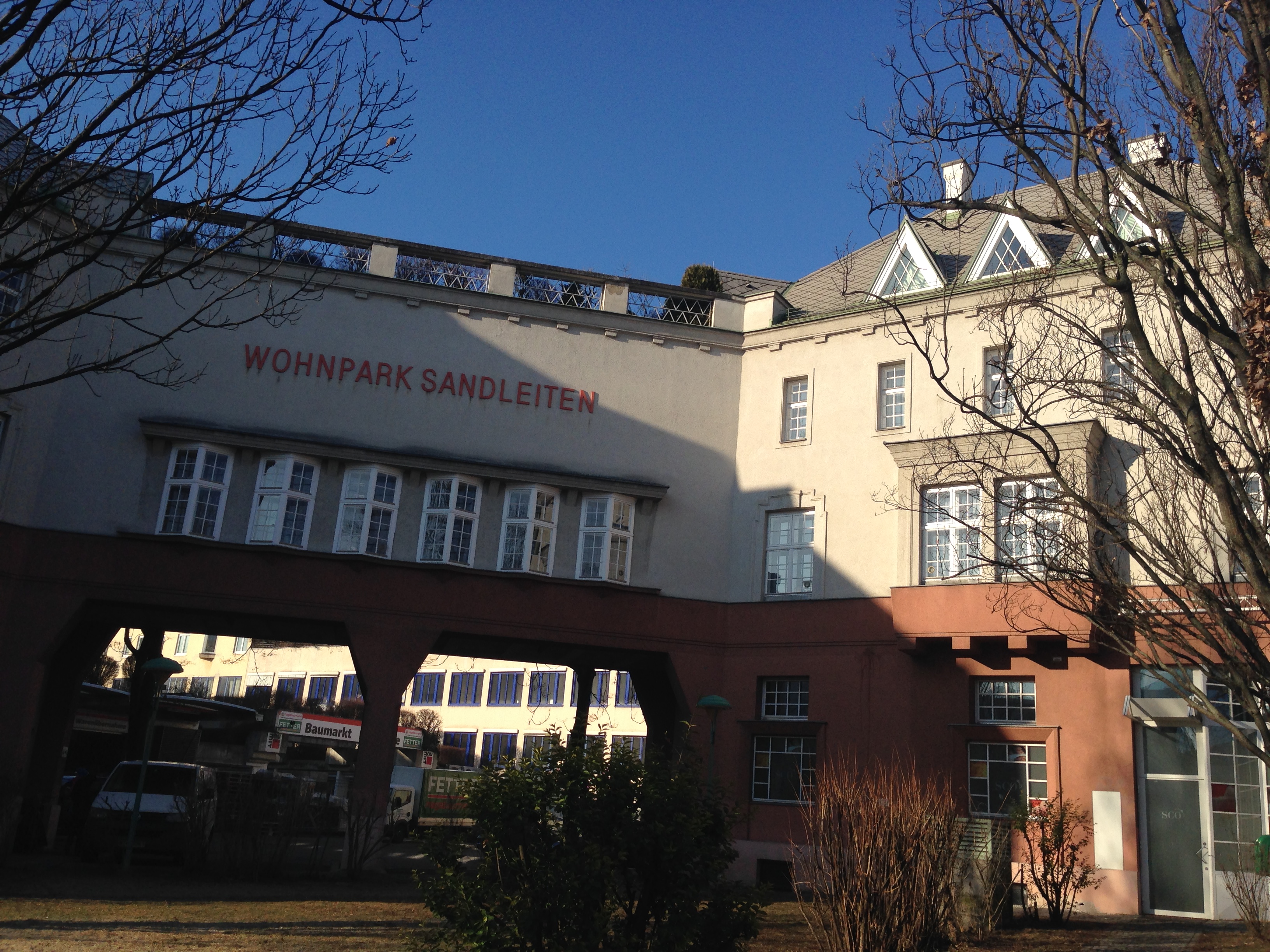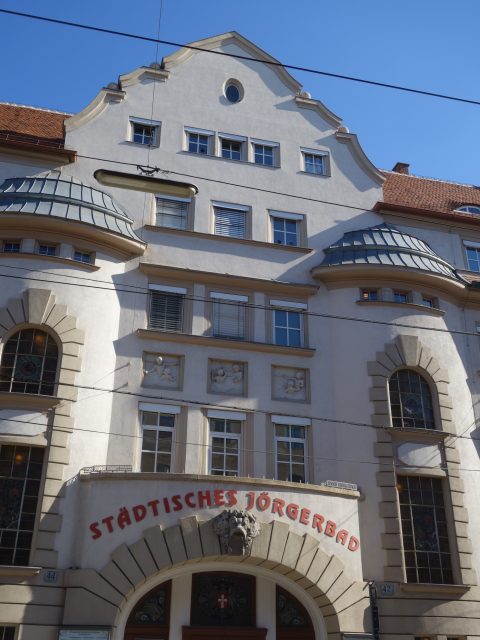JEWS IN THE AUSTRO-HUNGARIAN MONARCHY
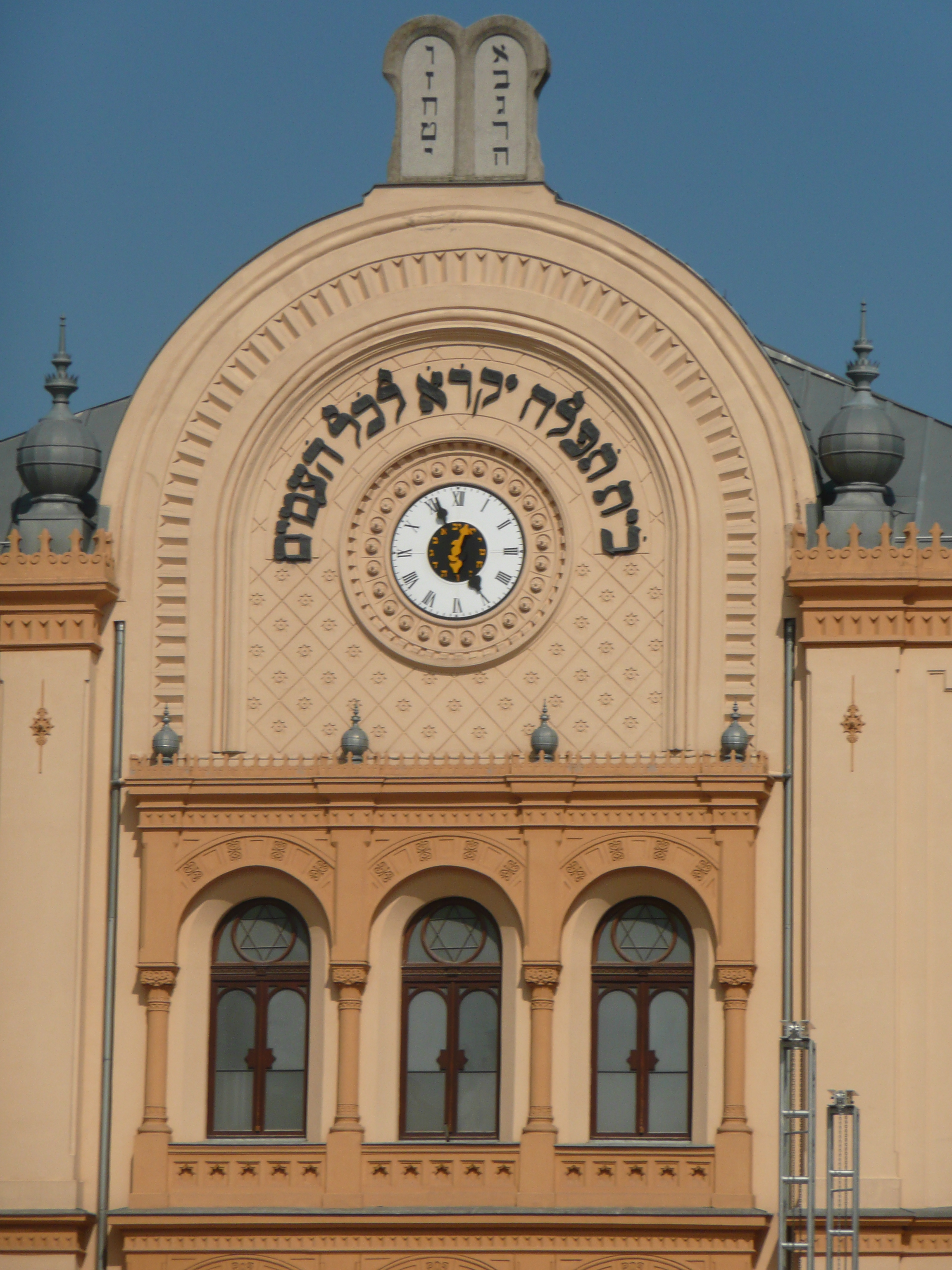
Synagogue Pecs, Hungary
The first mentioning of Jews on the territory of Austria proper goes back to the “Raffelstettner Customs Regulation” which was formulated between 903 and 906. The first Jews came as travelling merchants who traded between the Carolingian Empire, where they were already mentioned in the 8th century, and the Slav territories in the East. At that time several Jewish merchants had already settled on the territory of the duchy of Bavaria, of which Austria was a part. The Jews were expelled from the duchy of Austria several times. After the battle of Mohacs 1526 and the expansion of the Habsburg Empire into the Danube basin including now Bohemia, Moravia and Hungary many Jews who lived in the kingdom of Bohemia moved to Vienna and the surrounding lands, but they fled again to Bohemia after another pogrom of Viennese Jews between 1669 and 1671 because bigger Jewish communities had already existed there in the 16th century. In Moravia the Jews were expelled from the cities already in the 15th century and mostly lived on noble estates on the countryside. Also in Hungary bigger Jewish communities were established on the estates of the Hungarian nobility after they had been driven out of the cities. But most of the Jews in the Eastern Danube basin in the 17th century lived on the territory that was still part of the Osman Empire because the more tolerant attitude of the Osmans towards Jews guaranteed them relatively more legal security.…

